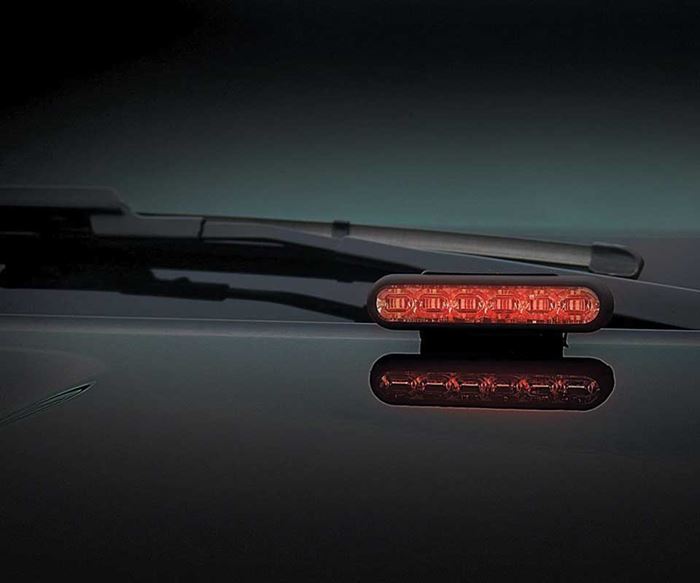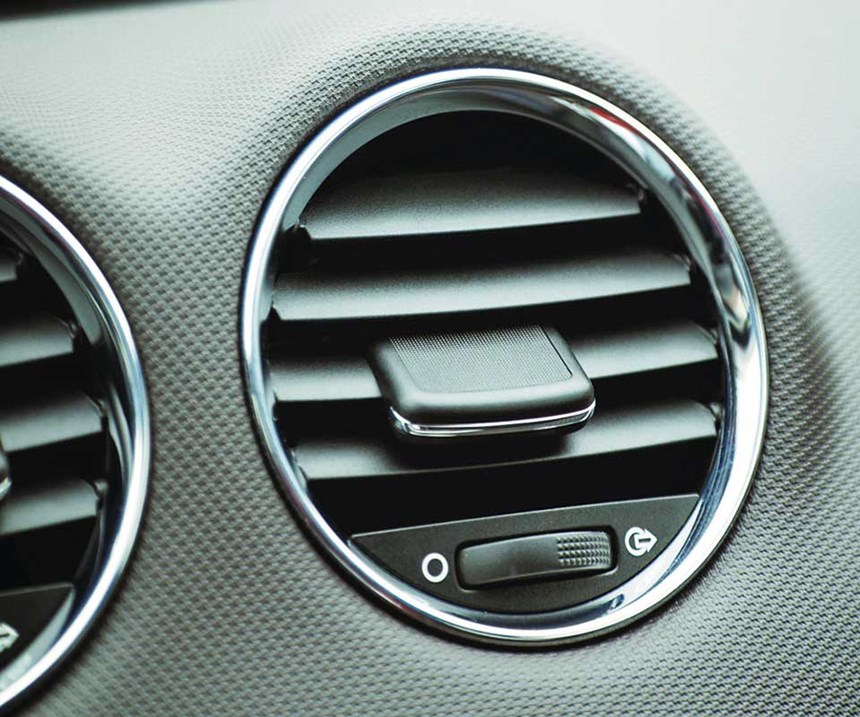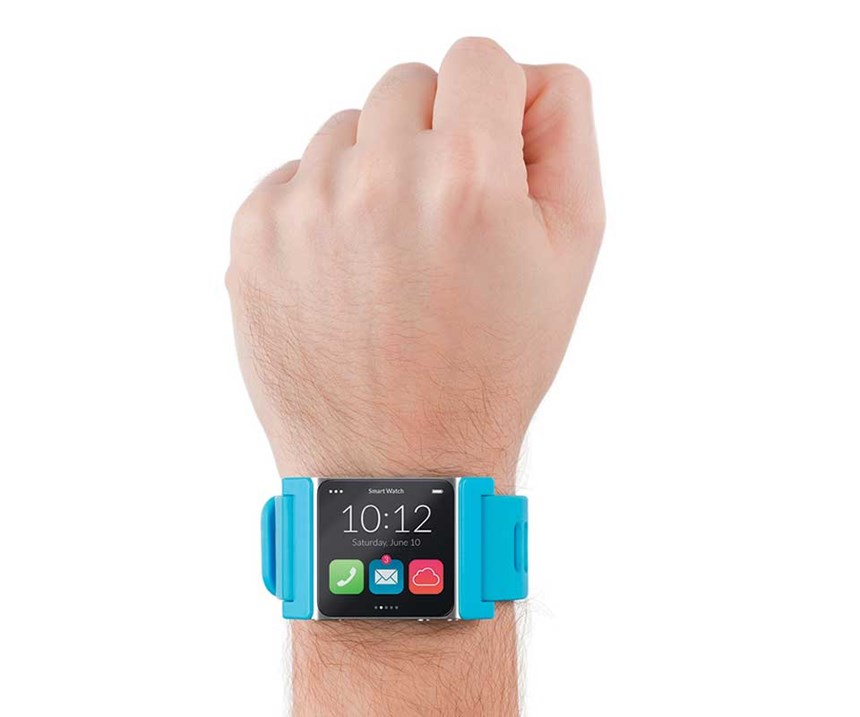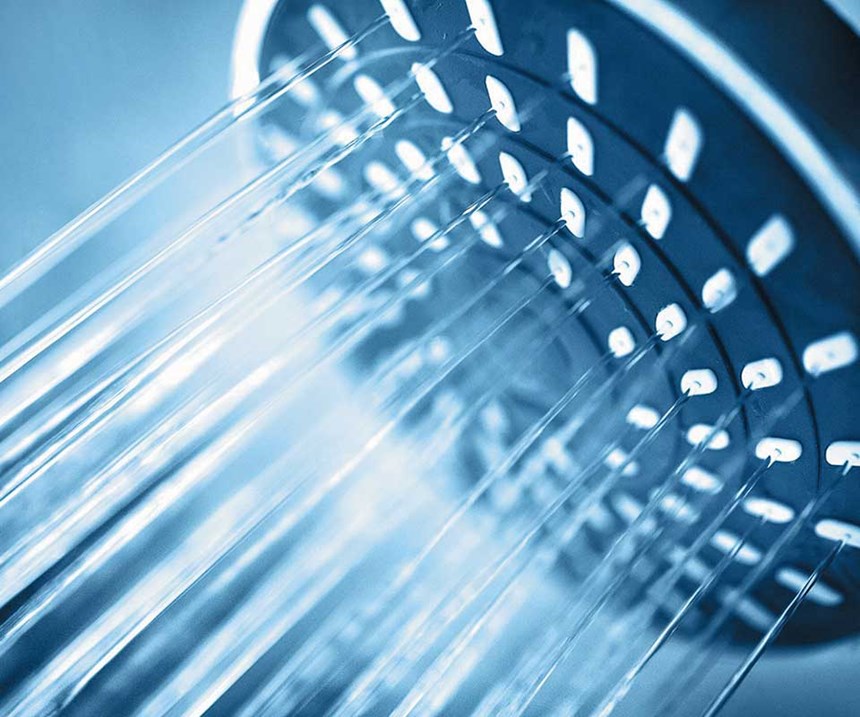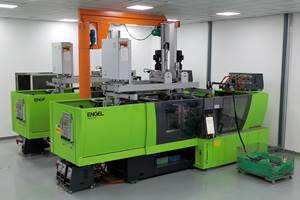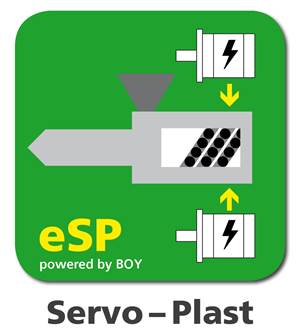LSR & TPE Summit Highlights Trends And New Materials
Among them: an LSR for 3D printing and low-VOC TPEs for auto interiors.
Trends, guidance on material selection, and advances in new materials were addressed at the recent Silicone Elastomers and Thermoplastic Elastomers Summit U.S. 2017. Organized by the U.K.’s Smithers Rapra, it was the first time in five years for this dual conference, held in Philadelphia in late June. New LSRs were presented by Dow Corning and Momentive Performance Materials Inc.; while new TPEs were highlighted by PolyOne, DSM Engineering Plastics, and Hexpol TPE.
Consultants Bob Eller of Robert Eller Associates, Akron, Ohio, and Patrick Ellis of Smithers Rapra (U.S. office in Akron), both addressed the global TPE industry and future opportunities. Eller identified key growth sectors for TPEs: medical/pharmaceutical, packaging, and automotive, including autonomous/ semi-autonomous vehicles. Regarding the latter, Eller says there are opportunities in “smart surfaces” with integrated electronics providing display, sensor, and switching functions; as well as improving acoustics. Innovation strategies he cited include 3D printing and use of new nano-scale additives for conductivity, foaming, or sensing functions.
Ellis noted that there is a large performance gap between commodity TPEs and high- performance TPEs. Current market requirements include better long-term heat resistance (392 F) for automotive; long-term chemical resistance (fuels, oils greases, glycols) for automotive and industrial uses; and better high-temperature compression set (<20% at 212 F) for seals and gaskets. He forecasts that copolyester TPEs, because of their high-heat resistance, will grow significantly in automotive.
MATERIAL-SELECTION GUIDANCE
There were two presentations on how to select the right material. “Choosing the Right TPE: The Seven Essential Considerations” was presented by Brian Mulvany, sr. market manager for consumer, electrical, and global key accounts for the TPE div. of Teknor Apex Company, Pawtucket, R.I. The seven guidance points are: intent/application for TPE selection; manufacturing process; cost targets; environmental conditions; regulatory concerns; surface aesthetics and haptics; and material performance characteristics.
“Choosing the Right TPE for Overmolding Applications” was presented by Jim Ingram, development engineer at A. Schulman, Inc., Fairlawn, Ohio. He discussed overmolding and
adhesion principles and testing methods. He also addressed insert molding, two-shot molding and coinjection molding and each method’s pros and cons.
Key growth sectors for TPEs include medical/pharmaceutical, packaging, and automotive, including autonomous/semi-autonomous vehicles.
Another presentation, “Silicone vs. TPE,” was presented by Lynn Momrow-Zielinsky, president and co-owner of Extreme Molding, Watervliet, N.Y., a custom injection molder of LSR and TPE healthcare items for women and infants, and more recently a variety of PET molded products. Among the company’s special- ties is hard/soft overmolding of LSR or TPE onto rigid thermoplastics. She addressed material attributes of LSR vs. TPEs, processing details, and how to choose between them for a particular application. She noted that TPEs have superior adhesion for overmolding onto most plastics, whereas LSRs are more difficult unless overmolded onto another LSR.
ADVANCES IN LSR
Several new LSRs were discussed by Hans Peter Wolf, manager of R&D for silicone rubber at Dow Corning, Midland, Mich. Among them was Silastic LC 3335 for 3D printing with filament-based FDM (Fused Deposition Modeling) technology. It offers 0.1-mil resolution, finer than that of thermoplastics. The LSR material can be used to produce prototype parts in less than a day and customized parts with high strength. Moreover, Wolf sees potential for its use in mass production through additive manufacturing of parts with “endless design freedom.”
Dow Corning also developed a low-temperature-cure (LTC) LSR for coinjection with lower-melting-point thermoplastics such as PE and PP. The new LSR cures at 100-120 C (212-248 F), which enables incorporation of heat-sensitive active ingredients for healthcare applications, as well as encapsulation of sensitive components for electronics.
Also new, is an ultra-high-durometer (90 Shore D) LSR, Silastic LC 8800-90, with higher-temperature stability, for hard-soft LSR-on-LSR overmolding. The ultra-hard LSR is poised to replace thermoplastics in such hard-soft combinations and reportedly offers unique combinations of rigidity and elasticity. Using LSR for both hard and soft components could improve dimensional integrity, interfacial bond strength, and long-term stability in hot/ humid conditions.
Meanwhile, automotive electrification has led to the development of a self-lubricating LSR from Dow Corning with excellent processing and low compression set. High-temperature stabilizer technology is said to provide better compression set and other mechanical properties for LSR.
Questions about LSRs? Visit the LSR and LIM Molding Zone
For baby products, Dow Corning developed a new low-volatility LSR that needs no post-cure. And for challenging lighting applications, the company now offers flexible optical LSRs. Huiping Zhang, a chemist with Momentive Performance Materials Inc., Waterford, N.Y., discussed new LSR developments for medical and consumer markets. Notable among them is a self-bonding Silopren LSR that forms chemical bonds with substrates such as PC, PBT, copolyesters, and glass, but without no sticking to common mold materials. It has low viscosity and enables low-temperature cure. Zhang also noted that Momentive’s unique UV-curable Silopren LSR line, now five years old, offers another means of co-molding LSR with low-temperature thermoplastics such as PP. It reportedly cures even thick sections quickly at room temperature.
NEW DEVELOPMENTS IN TPES
Liang Xu, technology manager for product development at PolyOne, Avon Lake, Ohio, discussed a new portfolio of low-VOC and low-fogging TPEs (35 to 65 Shore A) for automotive interiors. Not only do these TPEs show significantly lower emissions than existing TPEs, but they also reduce manufacturing steps, as they do not require post-curing to drive off VOCs and odors.
These OnFlex LO injection grades are well suited for overmolding onto PP substrates,
Xu said. PolyOne can provide grades with gravimetric fogging of <0.5 mg. Xu cited the case of a Tier 2 manufacturer of HVAC flaps that wanted to eliminate post-treatment of parts to achieve a required odor level of <3 VDA 270 with the lowest VOC/fog level (VDA 278) at the same compression set as the previous LSR. OnFlex LO reportedly achieved the required odor level with added benefits of fewer processing steps and lower energy costs.
Meanwhile, novel high-heat thermoplastic copolyesters (TPCs) capable of continuous-use temperatures 40-50° C (72-90° F) higher than similar TPEs were discussed by Paul Moruzi, business manager for DSM Engineering Plastics North America, Troy, Mich. He showed that DSM’s new Arnitel C and Arnitel HT PBT-based TPCs are succeeding in high-temperature automotive TPE applications. Arnitel C is getting play in Class D high-temperature wire and cable. These non-halogenated flame-retardant systems are engineered for low outgassing.
Moruzi also sees these new TPCs as suited to vacuum-brake tubing, replacing thermoset rubber. In the 2015 Chevy Silverado, Arnitel HT cut weight by half vs. thermoset rubber and reduced cost. Blow molded turbo hot-charge ducts made of Arnitel HT TPC also show major weight reduction vs. rubber hoses. The material has also been validated in cold-charge ducts.
Questions About Thermoplastic Elastomers? Visit the TPE Zone
Jim Harper, product manager at Hexpol TPE, Sandusky, Ohio, addressed bio-based TPEs and new opportunities for sustainable products. Hexpol’s Dryflex TPEs are biobased, recyclable materials with up to 90% renewable content and a hardness range from
20 Shore A to 50 Shore D. They boast good adhesion to PE, PP, ABS, SAN, PET, and PLA.
Harper also discussed new opportunities for sustainable products made of the company’s Dryflex Green biobased TPEs, which are based on renewable resources such as plant and vegetable crops. The company has developed compounds with over 90% renewable content and the same hardness range as other Dryflex grades and adhesion to a similar range of materials. Harper showed that these biobased TPEs display mechanical and physical properties comparable to conventional TPEs.
The latest Hexpol addition is the DW series of compounds from 50 to 90 Shore A, designed for applications that come into contact directly or indirectly with drinking water, including domestic and commercial applications such as shower heads, plumbing seals, and pipe fittings. Designed for both injection molding and extrusion, they bond to PP and PE in over- molding applications and boast no microbial growth without the use of biocides.
Related Content
Datwyler Expands O-Ring Production
The company has added injection molding machines to production sites in Mexico and China to boost production.
Read MoreUpdated Control, Cooling Water Distribution, Electromechanical Ejector and Injection
NPE2024: Boy’s U.S. subsidiary marks its 50th anniversary in Orlando with six machines and U.S. intros for the Procan ALPHA 6 control, and hybrid ejectors and injection units.
Read MoreServo-Hydraulic Injection Molding Machine With an Electric Injection Unit Premieres
Fakuma 2024: Wittmann Battenfeld says the 2K SmartPower Combimould features a new electric injection unit option.
Read MoreElkem Celebrates Anniversary
The Norwegian supplier of silicone celebrates its 120th anniversary in 2024.
Read MoreRead Next
Making the Circular Economy a Reality
Driven by brand owner demands and new worldwide legislation, the entire supply chain is working toward the shift to circularity, with some evidence the circular economy has already begun.
Read MoreLead the Conversation, Change the Conversation
Coverage of single-use plastics can be both misleading and demoralizing. Here are 10 tips for changing the perception of the plastics industry at your company and in your community.
Read More

